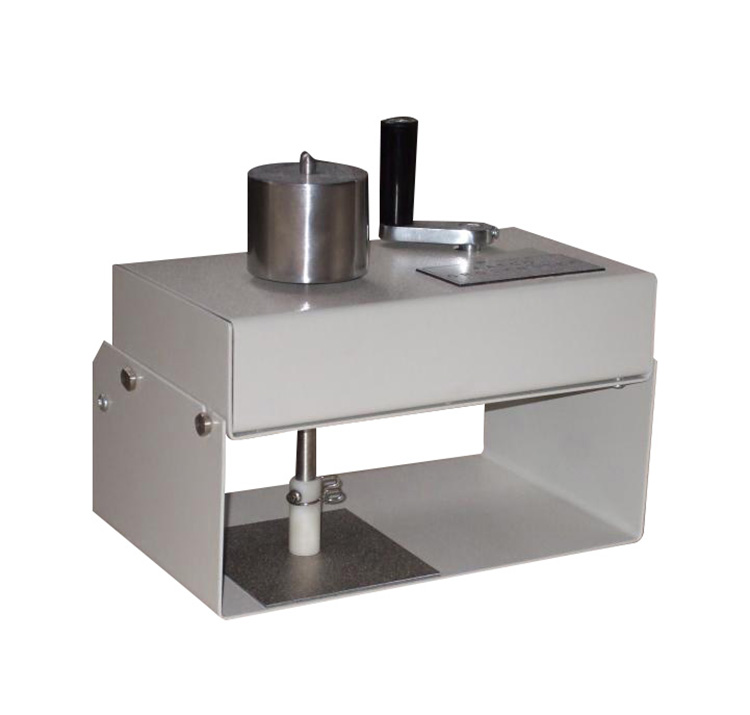
NewsInformation Center
How to Get the Most Out of a Rotary Color Fastness Tester?
2023/05/08
A rotary color fastness tester is a machine used to test the colorfastness of textiles and other materials. The tester works by exposing a sample of the material to different types of stresses, such as rubbing, washing, and exposure to light, and then measuring how well the color of the material holds up over time.
The rotary color fastness tester typically consists of a drum-shaped container that rotates at a high speed. The material being tested is placed inside the drum, along with a number of standard items that are known to cause color fading or bleeding. These may include metal discs, rubber balls, and abrasive materials.
Colorfastness is an important factor to consider when selecting materials for use in clothing, upholstery, and other products where color retention is important. A rotary color fastness tester allows manufacturers to test their products under controlled conditions and ensure that they meet industry standards for colorfastness.


To get the most out of a rotary color fastness tester, you should follow these tips:
Read the manual: Before using the rotary color fastness tester, be sure to read the manual carefully to understand its operation and maintenance requirements.
Calibration: Calibrate the tester before each use to ensure accurate and reliable results.
Sample preparation: Proper sample preparation is critical for accurate testing results. Samples should be prepared according to the standard test methods and be free from any defects or impurities that may affect the test results.
Test conditions: Follow the specified test conditions carefully, including the temperature, humidity, and testing time, to ensure consistent and accurate test results.
Data recording: Record all relevant test data and observations accurately and clearly to facilitate analysis and interpretation of the test results.
Maintenance: Regular maintenance and calibration of the tester will ensure its optimal performance and accuracy.
Operator training: Ensure that the operator is trained in the proper use of the rotary color fastness tester and is aware of the correct procedures and safety precautions.
By following these tips, you can get reliable and accurate test results from your rotary color fastness tester and ensure that it remains in optimal condition for years to come.
Previous: The Ultimate Guide to Installing a Zipper Reciprocating Pull Tester
N e x t : 6 Ways to Get the Most Out of Your Fabric Tearing Tester



